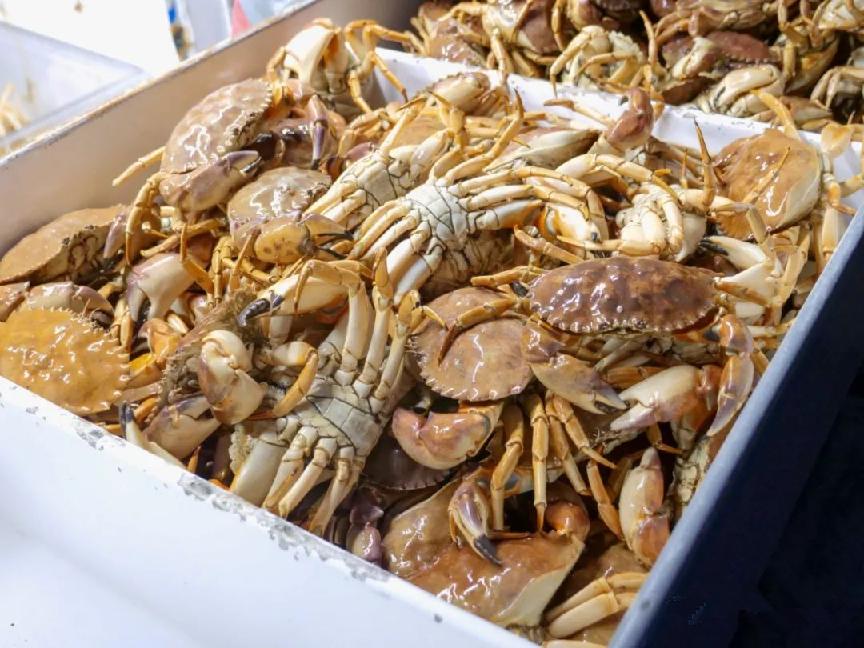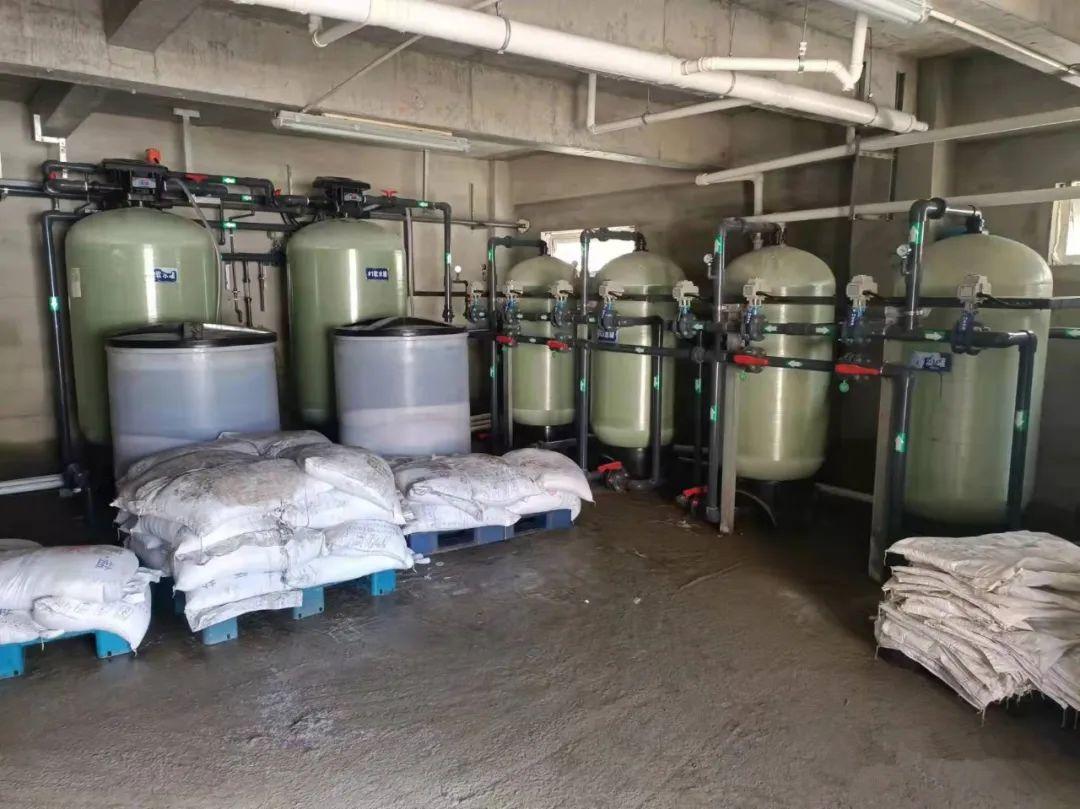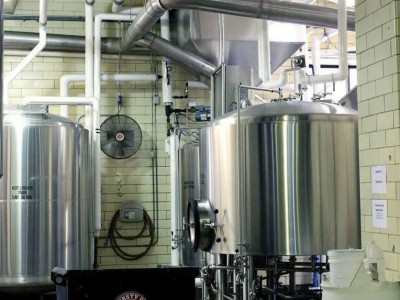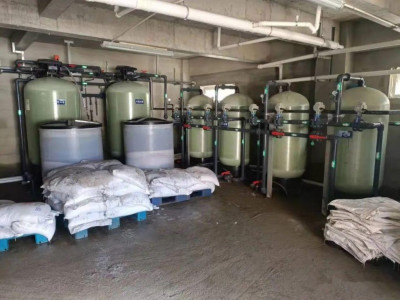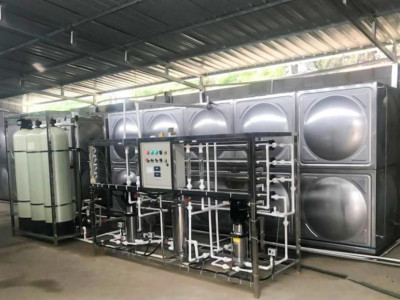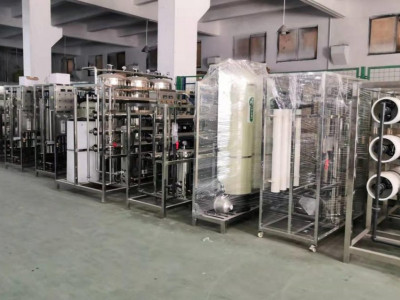The water used for seafood production and processing has certain requirements on water hardness, and too high or too low water hardness will affect product quality and taste.
The water used for seafood production and processing by foreign aquatic companies requires the water hardness to be controlled at around 2.8mmol/L. The raw water is local groundwater with an average hardness of 8.9mmol/L and turbidity less than 5NTU. The raw water is local groundwater with an average hardness of 8.9mmol/L and turbidity less than 5NTU. the production requires a water supply of not less than 6m3/h.
As the production water requires a controlled hardness of 2.8mmol/L, although the incoming water hardness is as high as 8.9mmol/L, when the water softener is regenerated and put into operation, the output water hardness is usually lower at first and becomes larger when it is close to failure, which is difficult to control at 2.8mmol/L.
Therefore, the partial softening method is used for treatment, that is, a water softener is configured, and part of the water is softened to reduce the hardness to a certain value, and then mixed with Then mix with the original water in a certain proportion to ensure that the hardness of the water for production is kept at (2.8±0.2) mmol/L.
The resin tank of the water softener is 0.6m in diameter and 1.9m in height, filled with 350L of resin, and the softening valve is automatically controlled by Runxin. After system commissioning, the water softener output flow rate is 5m3/h, and the output water hardness is 0.1mmol/L~0.3mmol/L, which can keep the water supply hardness at (2.8±0.2) mmol/L by mixing with the raw water with hardness of 8.9mmol/L 2.2m3/h.
Raw water → Raw water pump (frequency control) → Water softener →Resin tank (proportional to the mixing of raw water) → For production water.
The piping system for adding raw water to the resin tank is equipped with a flow-controlled hard seal electric ball valve, which automatically controls the mixing of raw water and softener operation simultaneously, and automatically stops adding raw water to the resin water tank during the regeneration of the softener.
The water softener system has been in use since 2016 and has been running well and meeting the water requirements of the production process.
